The kitchen is the heart of every home, and one of the most essential elements of kitchen design is the flooring. Kitchen floor tiles not only add style and visual appeal but also play a crucial role in durability and functionality. In this article, we will explore the various aspects to consider when selecting kitchen floor tiles, helping you make the best choice for your space. 1. Determine your Needs: The first step in choosing the perfect kitchen floor tiles is to assess your specific requirements. Consider factors such as foot traffic, spillage, cleaning requirements, and overall aesthetic preferences. Are you looking for tiles that are easy to clean and maintain? Do you want something durable and long-lasting? Understanding your needs will guide you in making an informed decision.

.
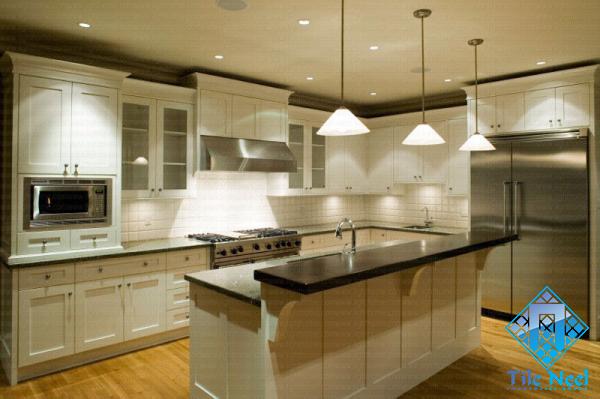 2. Material Matters: The material of the kitchen floor tiles is of utmost importance as it directly affects durability, maintenance, and appearance. Some popular options include ceramic, porcelain, vinyl, natural stone, and hardwood. – Ceramic and porcelain tiles: Known for their durability and wide range of colors and designs. They are water-resistant, making them ideal for kitchens prone to spills. These tiles are relatively easy to clean but may be prone to chipping or cracking if heavy objects are dropped on them. – Vinyl tiles: Offering a cost-effective and low-maintenance solution, vinyl tiles are available in a variety of styles. They are durable and water-resistant, making them suitable for kitchens. However, they may not match the elegance and longevity of natural stone or hardwood. – Natural stone tiles: For those seeking a timeless and sophisticated look, natural stone tiles such as marble, granite, or travertine are excellent choices. These tiles require regular sealing and may be more susceptible to staining, but they offer unparalleled beauty and durability.
2. Material Matters: The material of the kitchen floor tiles is of utmost importance as it directly affects durability, maintenance, and appearance. Some popular options include ceramic, porcelain, vinyl, natural stone, and hardwood. – Ceramic and porcelain tiles: Known for their durability and wide range of colors and designs. They are water-resistant, making them ideal for kitchens prone to spills. These tiles are relatively easy to clean but may be prone to chipping or cracking if heavy objects are dropped on them. – Vinyl tiles: Offering a cost-effective and low-maintenance solution, vinyl tiles are available in a variety of styles. They are durable and water-resistant, making them suitable for kitchens. However, they may not match the elegance and longevity of natural stone or hardwood. – Natural stone tiles: For those seeking a timeless and sophisticated look, natural stone tiles such as marble, granite, or travertine are excellent choices. These tiles require regular sealing and may be more susceptible to staining, but they offer unparalleled beauty and durability.
..
 – Hardwood tiles: Ideal for homeowners seeking warmth and natural beauty, hardwood tiles add a touch of elegance to any kitchen. However, they require regular maintenance and may not be suitable for high-moisture areas. 3. Size and Pattern: Consider the size and pattern of the tiles to create the desired visual impact. Larger tiles can make a small kitchen look more spacious, while smaller tiles can add more detail and texture. Patterned tiles, such as mosaic or herringbone, can add a unique and eye-catching element to your kitchen design. 4. Safety First: Kitchen floors can sometimes get wet, making slip resistance crucial. Look for kitchen floor tiles with a matte finish or textured surface, as these offer better traction and minimize the risk of accidents. It’s essential to prioritize safety without compromising on style.
– Hardwood tiles: Ideal for homeowners seeking warmth and natural beauty, hardwood tiles add a touch of elegance to any kitchen. However, they require regular maintenance and may not be suitable for high-moisture areas. 3. Size and Pattern: Consider the size and pattern of the tiles to create the desired visual impact. Larger tiles can make a small kitchen look more spacious, while smaller tiles can add more detail and texture. Patterned tiles, such as mosaic or herringbone, can add a unique and eye-catching element to your kitchen design. 4. Safety First: Kitchen floors can sometimes get wet, making slip resistance crucial. Look for kitchen floor tiles with a matte finish or textured surface, as these offer better traction and minimize the risk of accidents. It’s essential to prioritize safety without compromising on style.
…
 5. Budget: Establish a practical budget before embarking on your tile selection process. Consider not only the cost of the tiles but also installation, maintenance, and potential future replacements. Evaluating the long-term costs will help you choose a cost-effective solution without sacrificing quality. Conclusion: Selecting the perfect kitchen floor tiles involves a careful balance between functionality, aesthetics, and budget considerations. By evaluating your specific needs, understanding the different materials available, assessing size and pattern options, prioritizing safety, and setting a realistic budget, you can confidently choose the ideal kitchen floor tiles for your space. Remember, a well-chosen floor tile can elevate the overall look and feel of your kitchen, making it a welcoming and stylish hub for all your culinary adventures.
5. Budget: Establish a practical budget before embarking on your tile selection process. Consider not only the cost of the tiles but also installation, maintenance, and potential future replacements. Evaluating the long-term costs will help you choose a cost-effective solution without sacrificing quality. Conclusion: Selecting the perfect kitchen floor tiles involves a careful balance between functionality, aesthetics, and budget considerations. By evaluating your specific needs, understanding the different materials available, assessing size and pattern options, prioritizing safety, and setting a realistic budget, you can confidently choose the ideal kitchen floor tiles for your space. Remember, a well-chosen floor tile can elevate the overall look and feel of your kitchen, making it a welcoming and stylish hub for all your culinary adventures.
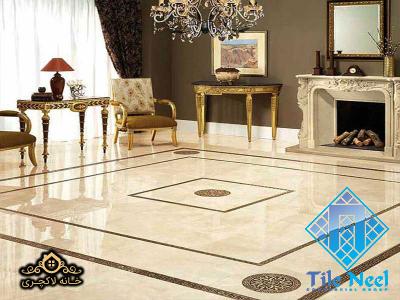

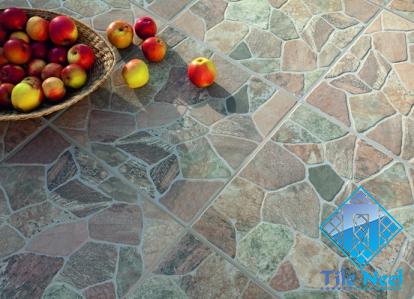
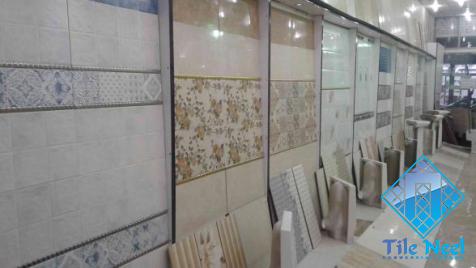
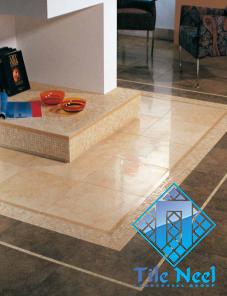

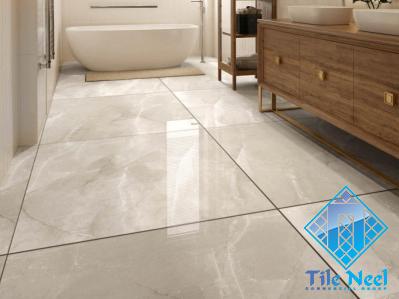

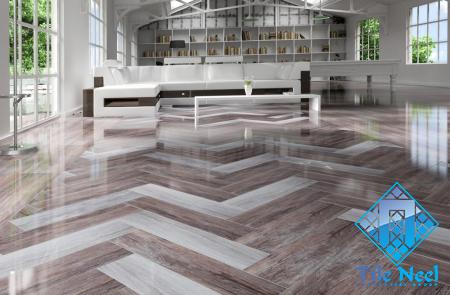
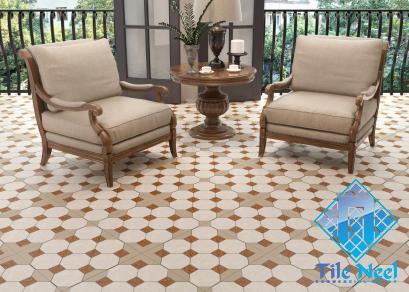
Your comment submitted.